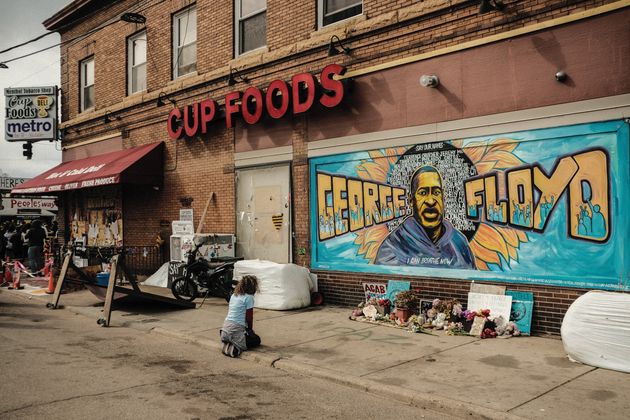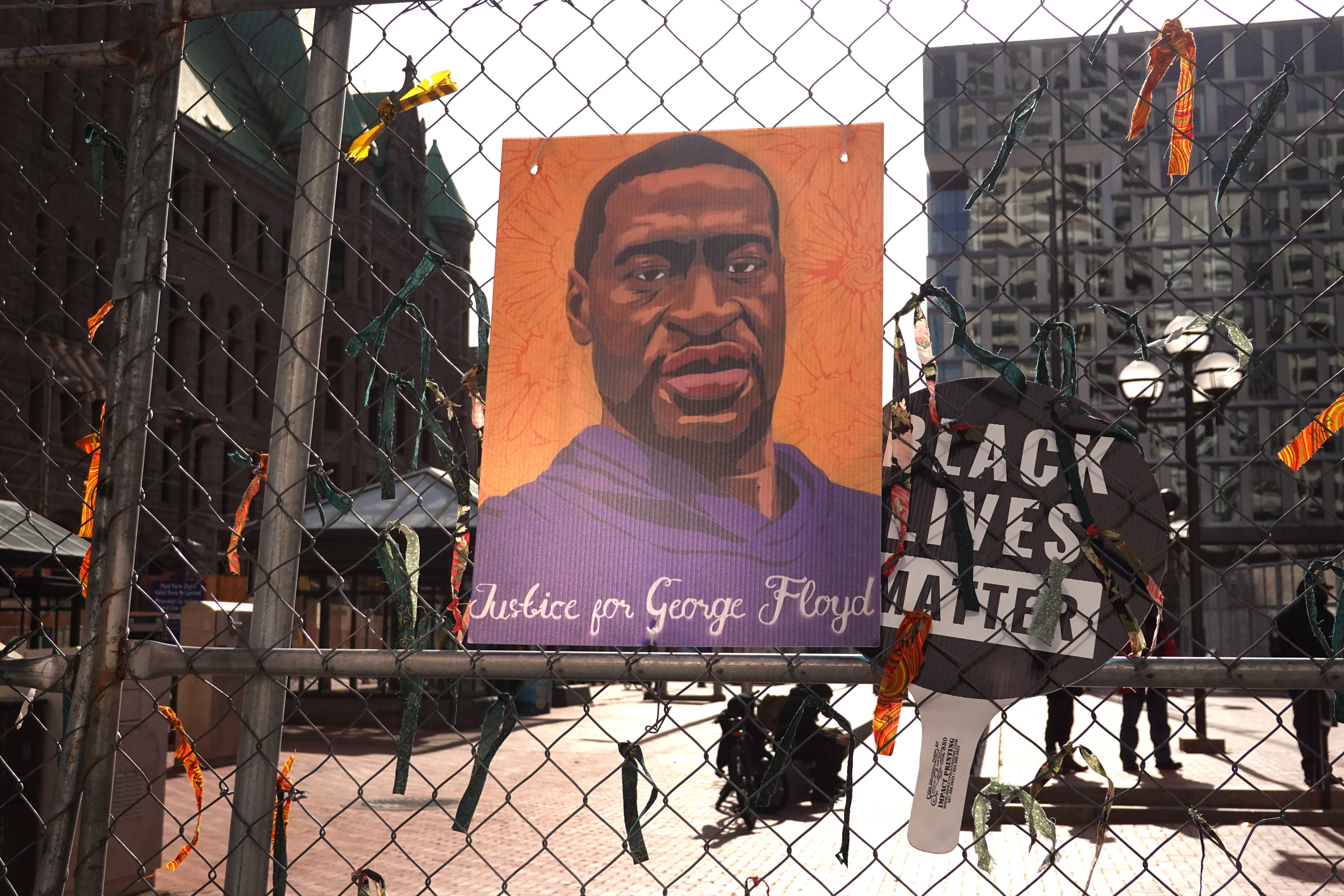Derek Chauvin has been convicted of two counts of murder and one count of manslaughter in the death of George Floyd, concluding a trial that drew intense national interest and amplified concerns over the disparate ways police treat Americans of colour.
The former Minneapolis officer, who is white, could face decades in prison. He was taken into custody following the reading of the verdict Tuesday afternoon.
Sentencing will take place in about eight weeks, Hennepin County District Judge Peter Cahill said.
The 12 jurors reached their verdict after roughly 10 hours of deliberation that began Monday, finding Chauvin guilty of third-degree murder, second-degree murder and second-degree manslaughter.
Chauvin was one of three officers who pinned down Floyd, a Black Minnesotan, for 9 minutes and 29 seconds last spring as Floyd repeatedly said he couldn’t breathe. Yet Chauvin knelt on Floyd’s neck the entire time.
Floyd’s death sparked international racial justice protests in his name.
“George Floyd mattered,” Minnesota Attorney General Keith Ellison said during a press conference after the verdict was announced. “He was loved by his family and his friends … But that isn’t why he mattered. He mattered because he was a human being. And there is no way we can turn away from that reality.”
Philonise Floyd, one of George Floyd’s brothers, also spoke to praise the verdict and acknowledge other victims of police brutality.
“We have to always understand that we have to march. We will have to do this for life,” he said. “I’m not just fighting for George anymore. I’m fighting for everybody around this world.”
Over three weeks of testimony, prosecutors argued that Chauvin’s method of restraint had hindered Floyd’s ability to breathe as he was pressed facedown on the street outside a convenience store called Cup Foods. A small group of bystanders ― several of them minors at the time ― took the stand to explain why they were so concerned for Floyd’s safety as they witnessed him fighting to breathe underneath Chauvin.

Testimony from his loved ones helped to illustrate the way Floyd’s life and struggles mirrored those faced by many Americans: He had been grappling with addiction for years after initially receiving an opioid prescription for pain. He had recently lost his job due to the coronavirus pandemic, and tested positive the virus in early April. He was still grieving for his mother.
“On May 25, 2020, George Floyd died facedown on the pavement right on 38th and Chicago in Minneapolis,” prosecutor Steve Schleicher said in his closing arguments. “Nine minutes and 29 seconds. During this time, George Floyd struggled, desperate to breathe, to make enough room in his chest to breathe. But the force was too much. He was trapped.”
“Facing George Floyd that day did not require one ounce of courage, and none was shown on that day,” he told the jury. “All that was required was a little compassion, and none was shown on that day. … This wasn’t policing. This was murder.”
Throughout the trial, defence attorney Eric Nelson worked to sow reasonable doubt among jurors, trying to convince them that Floyd’s preexisting health conditions mattered more to the final outcome than Chauvin’s actions. The officers, Nelson suggested, were simply following police training and doing their best to make decisions under pressure while facing a possible threat from the small group of onlookers, several of whom were filming the incident on their phones. Nelson used the drugs in Floyd’s system and his documented heart disease to substantiate the argument.
Anticipating the defence’s focus on Floyd’s health, prosecutors were aided by several medical experts who said Floyd died of asphyxia, a common term for a lack of oxygen. They dismissed claims that drugs or underlying health issues played major roles in his death.
Dr Martin Tobin, a top pulmonologist who works for a Chicago hospital, spent hours on the stand explaining with the help of slides, graphs and 3-D renderings how Floyd’s positioning made it difficult ― and then impossible ― for him to breathe. Jurors followed along as Tobin showed how various parts of Floyd’s anatomy were impacted, encouraging them to feel corresponding parts of their own necks.
Chauvin’s position over Floyd made it so his left side was “in a vise”.
“A healthy person subjected to what Mr Floyd was subjected to would have died as a result of what he was subjected to,” Tobin testified.



